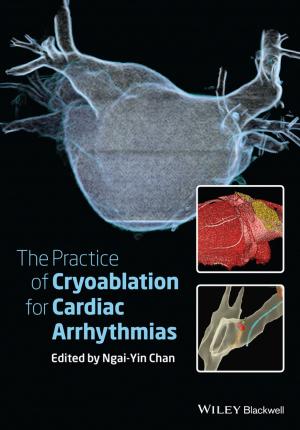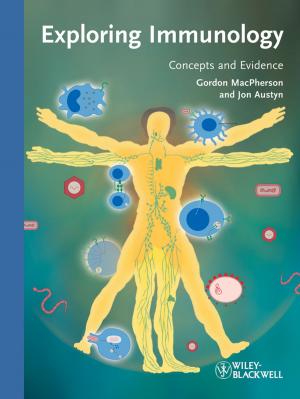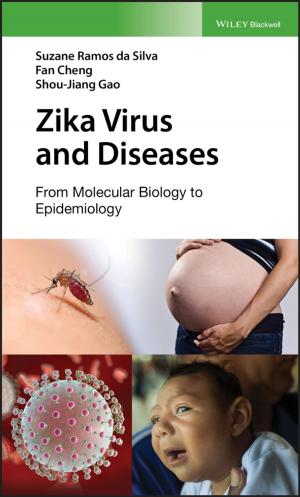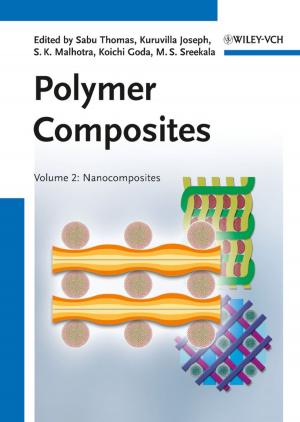Green Metal Nanoparticles
Synthesis, Characterization and their Applications
Nonfiction, Science & Nature, Technology, Material Science| Author: | ISBN: | 9781119418863 | |
| Publisher: | Wiley | Publication: | October 18, 2018 |
| Imprint: | Wiley-Scrivener | Language: | English |
| Author: | |
| ISBN: | 9781119418863 |
| Publisher: | Wiley |
| Publication: | October 18, 2018 |
| Imprint: | Wiley-Scrivener |
| Language: | English |
The use of biological sources such as microbes and plants can help in synthesizing nanoparticles in a reliable and eco-friendly way. The synthesis of nanoparticles by these natural sources is characterized by processes that take place near to ambient temperature and pressures and also near neutral pH. This edited volume authored by subject specialists, provides all the latest research and builds a database of bioreduction agents to various metal nanoparticles using different precursor systems. The book also highlights the different strategies such as simplicity, cost-effectiveness, environment-friendly and easily scalable, and includes parameters for controlling the size and shape of the materials developed from the various greener methods. In order to exploit the utmost potential metal nanoparticles synthesis from the different sources such as agricultural waste, flora and fauna, food waste, microbes and biopolymer systems, it is also crucial to recognize the biochemical and molecular mechanisms of production of nanoparticles and their characterization.
The use of biological sources such as microbes and plants can help in synthesizing nanoparticles in a reliable and eco-friendly way. The synthesis of nanoparticles by these natural sources is characterized by processes that take place near to ambient temperature and pressures and also near neutral pH. This edited volume authored by subject specialists, provides all the latest research and builds a database of bioreduction agents to various metal nanoparticles using different precursor systems. The book also highlights the different strategies such as simplicity, cost-effectiveness, environment-friendly and easily scalable, and includes parameters for controlling the size and shape of the materials developed from the various greener methods. In order to exploit the utmost potential metal nanoparticles synthesis from the different sources such as agricultural waste, flora and fauna, food waste, microbes and biopolymer systems, it is also crucial to recognize the biochemical and molecular mechanisms of production of nanoparticles and their characterization.















